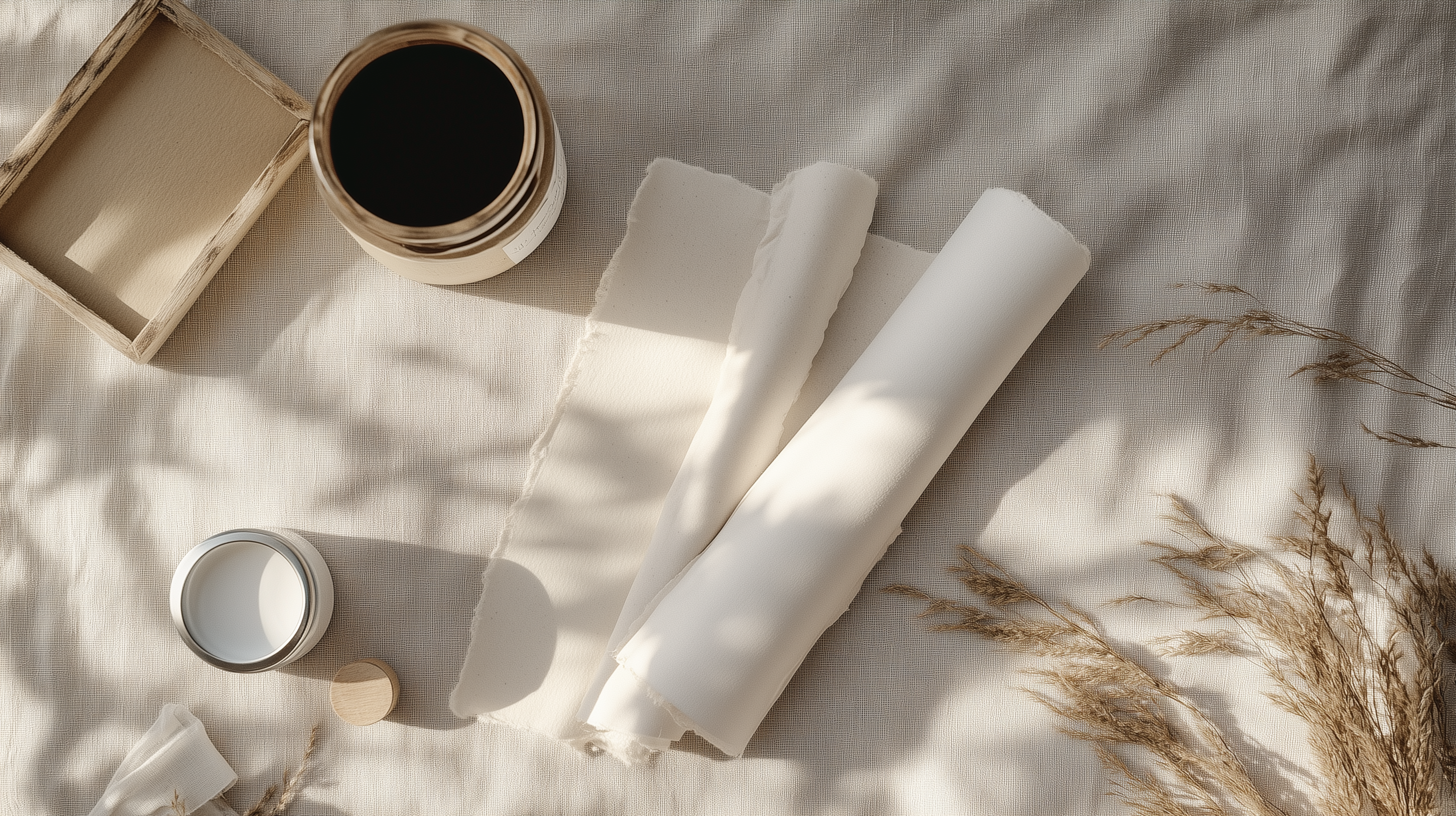When a Wall Speaks Louder Than a Vote
What you hang on your wall is more than decoration. It is identity. It is resistance. It is memory, framed in stillness.
But in a world increasingly shaped by political extremism, even our private spaces are under surveillance. Recent legislative movements — particularly those fuelled by far-right ideologies — have begun to reach into unexpected places: bookstores, museums, school hallways... and yes, even the artwork in our homes.
When governments begin to legislate expression, the line between public control and private choice begins to dissolve. What does this mean for wall art — and for those of us who make, sell, and live through it?
The Global Landscape of Legislative Suppression
Across the United States, over 500 anti-LGBTQ+ bills have been introduced in the past year alone. Many of these aim to censor what is considered “appropriate” in educational settings — but their cultural reach extends far beyond schools.
In countries like Hungary, Poland, and even Brazil, governments have issued bans or restrictions on art that challenges traditional family structures, critiques nationalism, or centers queer and marginalized voices. Visuals that celebrate diversity, fluidity, or rebellion are increasingly labeled as “controversial.”
When these ideologies begin to dominate policy, the consequences ripple into the market. Distributors become hesitant. Retailers play safe. Algorithms demote. Creators self-censor.
The result? A chilling effect on art that speaks — especially in the subtle language of interior décor.
Wall Art as Political Medium
Unlike gallery pieces that scream for attention, wall prints often whisper. They exist within domestic rhythms. A hallway. A bedroom. A waiting room. But that quiet presence doesn’t make them less powerful — it makes them more dangerous to those who fear difference.
A minimalist photograph of a same-sex couple holding hands. A canvas print of a quote by Audre Lorde. An abstract expression of gender dysphoria rendered in monochrome. These are not overt acts of protest. But they are undeniably political in a world that punishes visibility.
When far-right ideologies rise, even subtlety becomes rebellion. And the frame becomes a frontier.
How Censorship Moves Through the Marketplace
Legislation rarely bans wall art outright. Instead, it works through quieter channels:
- Payment Processors: Blocking or flagging certain keywords or content categories as “sensitive.”
- Ad Networks: Refusing to promote or suppressing reach for certain aesthetic themes or subject matter.
- Marketplaces: Removing or shadow-banning art tagged with LGBTQ+, political, or identity-based terms.
- Shipping Policies: Restricting delivery to countries or regions based on thematic content.
These are not theoretical concerns — they are real, documented events. And small art brands suffer the most. Without massive legal teams or corporate shields, we’re left to navigate an increasingly censored world with little clarity and less recourse.
artisCHt: The Frame Is Not Neutral
At artisCHt, we do not believe in neutrality. We believe in presence. In visibility. In the power of still images to say what words sometimes cannot.
Our commitment to art × tech × soul × identity is not just a tagline — it is our refusal to be silenced. Our prints may be monochrome, but our values are not. We welcome complexity. We embrace contradiction. And we frame stories others might fear to tell.
This doesn’t mean we are overtly political in every piece. But it means we are aware — that every decision, from subject to title to where we ship, is a stance.
To sell art in today’s world is to enter politics. Whether you want to or not.
Designers, Collectors, Architects: Your Role Matters
If you’re a designer choosing prints for a new restaurant. If you’re an architect sourcing visuals for a hospital. If you’re a collector curating your living room. You are not just buying aesthetics — you are buying ideology.
When you choose wall art from small creators, diverse voices, and unapologetically human brands, you participate in cultural resistance. You signal that your space is not just curated — it is conscious.
And perhaps, most importantly, you help ensure those voices continue to be heard — and seen — on actual walls.
Final Reflection: What Is Still Allowed to Hang?
The question is no longer just what you want to hang on your wall. It’s what you’re still allowed to.
In every era of suppression, art finds a way. It speaks in code. It shifts its shape. It becomes silence that hums with meaning.
At artisCHt, we promise this: We will continue to create for the margins, the in-between, the unspoken. We will frame not just images — but truths. Even when truth becomes controversial.
Because freedom does not live in headlines. It lives on walls.




Share:
Generative AI, Human Touch – What’s the Next Role for AI in Print Design?
Generational Shift: How Gen Z Is Redefining the Print Market